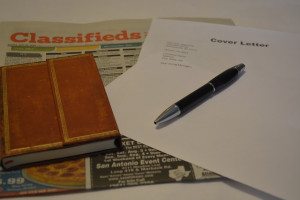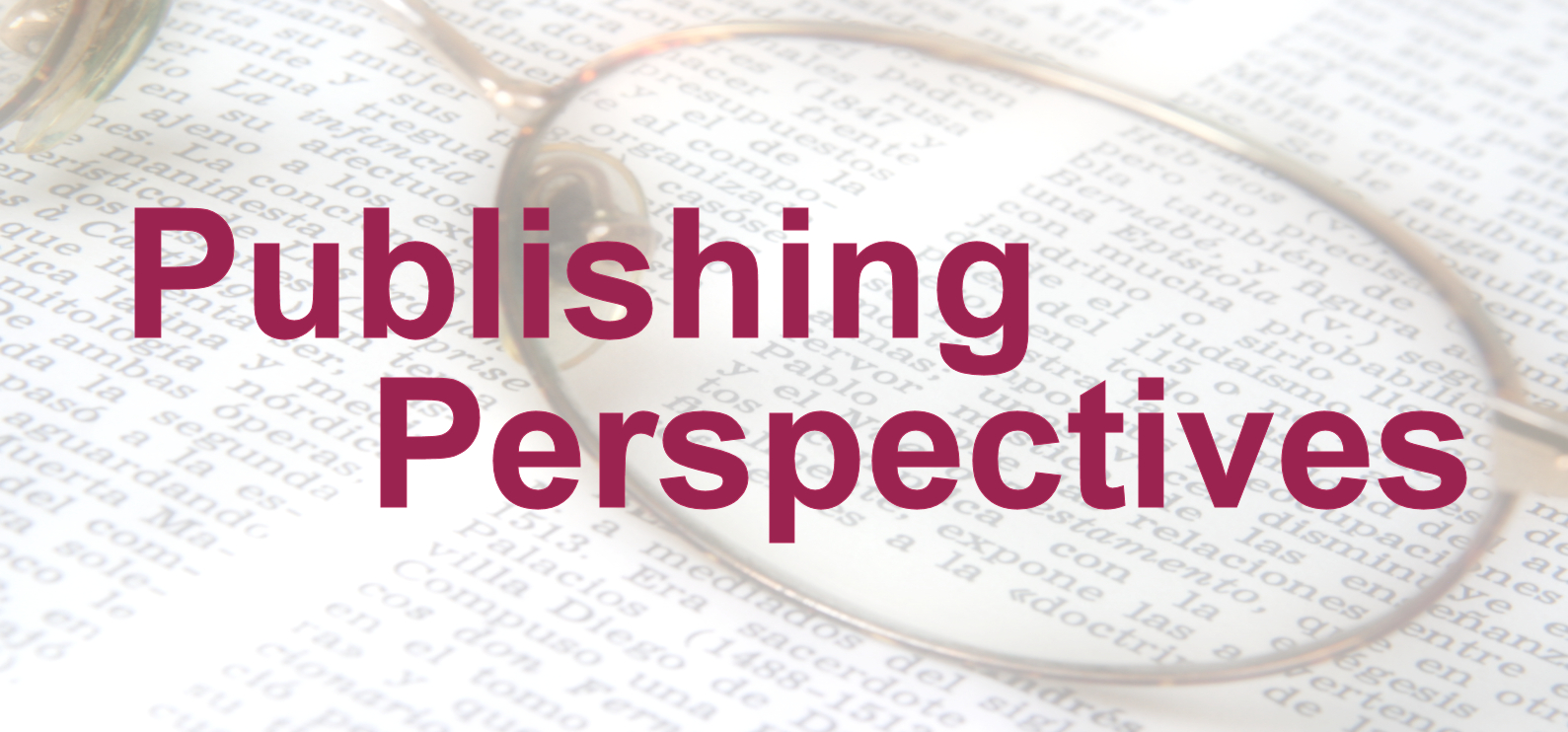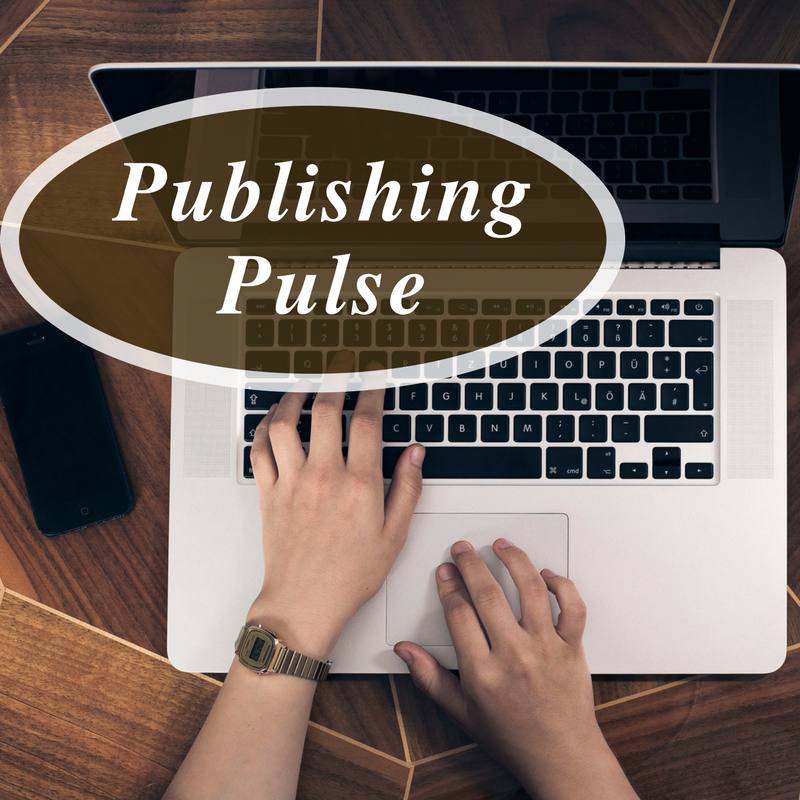You’ve finally got your novel all polished up and ready to submit to a publisher. How is this done?
These days, most publishers will have detailed instructions on their website, so start there and follow them carefully! Do not create a generic submission package and send it to everyone. You must customize it for each publisher. As an editor, it is very convenient for me to quickly reject a submission package that doesn’t bother to follow the instructions. Why would I want to work with someone who can’t follow instructions?
Here is the Writer’s Information page for HopeSprings Books:
http://chalfonthouse.com/hopespringsbooks/about-hope-springs-books/author-information/
We ask for a query letter, a 3-5 page synopsis, a filled-out Author Questionnaire, and the entire manuscript. Let’s look at these items in more detail over the next few columns.
If you have an agent, putting together submission packages for different publishing houses is one job that they should do for you. Some agents only create a generic submission package with minimal customization (editor name and address, and other small details) and assume that acquisition editors will be okay with this. For example, one agent that submitted to HopeSprings Books sent a query letter, a synopsis, and the manuscript, but not our Author Questionnaire (which I consider to be a critical part of the submission). So ask your agent how much customization they will be doing. If they don’t plan to create custom packets, see if they will give you a list of the houses they plan to submit to and ask them to wait for you to give them more information. Then you create any extra materials the house expects and get it to your agent as quickly as possible.
This column will examine the query letter.
Query Letter
 AlmostAnAuthor writer Cherrilynn Bisbano has an article titled “Query Letter Basics” which is a general overview, but tailored for magazine article writing. Several of the elements apply to novel writing too. Cherrilynn describes a query letter as a sales letter from the writer to the editor to describe the offered material. A query letter for a novel is similar to a cover letter for your resume when you’re applying for a job. [Tweet this]
AlmostAnAuthor writer Cherrilynn Bisbano has an article titled “Query Letter Basics” which is a general overview, but tailored for magazine article writing. Several of the elements apply to novel writing too. Cherrilynn describes a query letter as a sales letter from the writer to the editor to describe the offered material. A query letter for a novel is similar to a cover letter for your resume when you’re applying for a job. [Tweet this]
So what should be in it?
Greeting: Address your letter to a specific editor and be sure to spell their name correctly.
First paragraph: Grab the editor’s attention and show them you can write. One way to do this is to start with your proposed back-cover copy (which should only talk about the first 25% of the storyline). Alternatively, your paragraph can summarize the entire story: the setup, major disasters, and ending. I urge you to use Step 1 and Step 2 of Randy Ingermanson’s Snowflake Method (http://www.advancedfictionwriting.com/articles/snowflake-method/) to help you craft this paragraph.
Second paragraph: Convince the editor that your novel is a good fit for the publishing house. Show that it is in the word-count target, in a genre they publish, with a reader take-away that aligns with the publisher’s mission. Address any other guidelines or topics that are mentioned on the publisher’s submission information page.
Third paragraph: A brief biography that only talks about why you are qualified to write this novel. Have you published other novels in this genre? Won any awards in this genre? Did you do any special research for the book? Do you have relevant life experience?
Fourth paragraph: Thank the editor and say that you look forward to hearing from them. Be sure to include all of your contact information with your signature.
General formatting is: 12 pt, New Times Roman, single or 1.5 spaced with one-inch margins all around. Check to see if the publisher has any other formatting requirements.
Come back next month and we’ll talk about the synopsis part of a submission package.
What other elements do you think could go in a query letter for a novel?



 We love helping your growing in your writing career.
We love helping your growing in your writing career.

No Comments